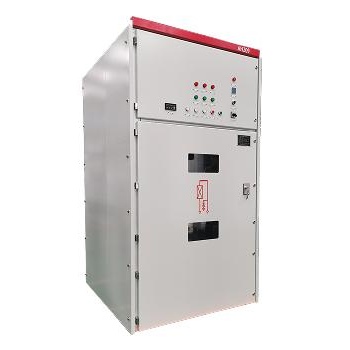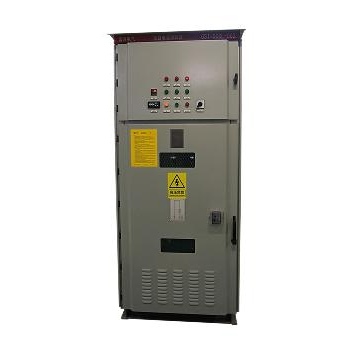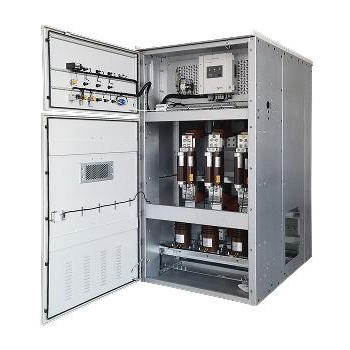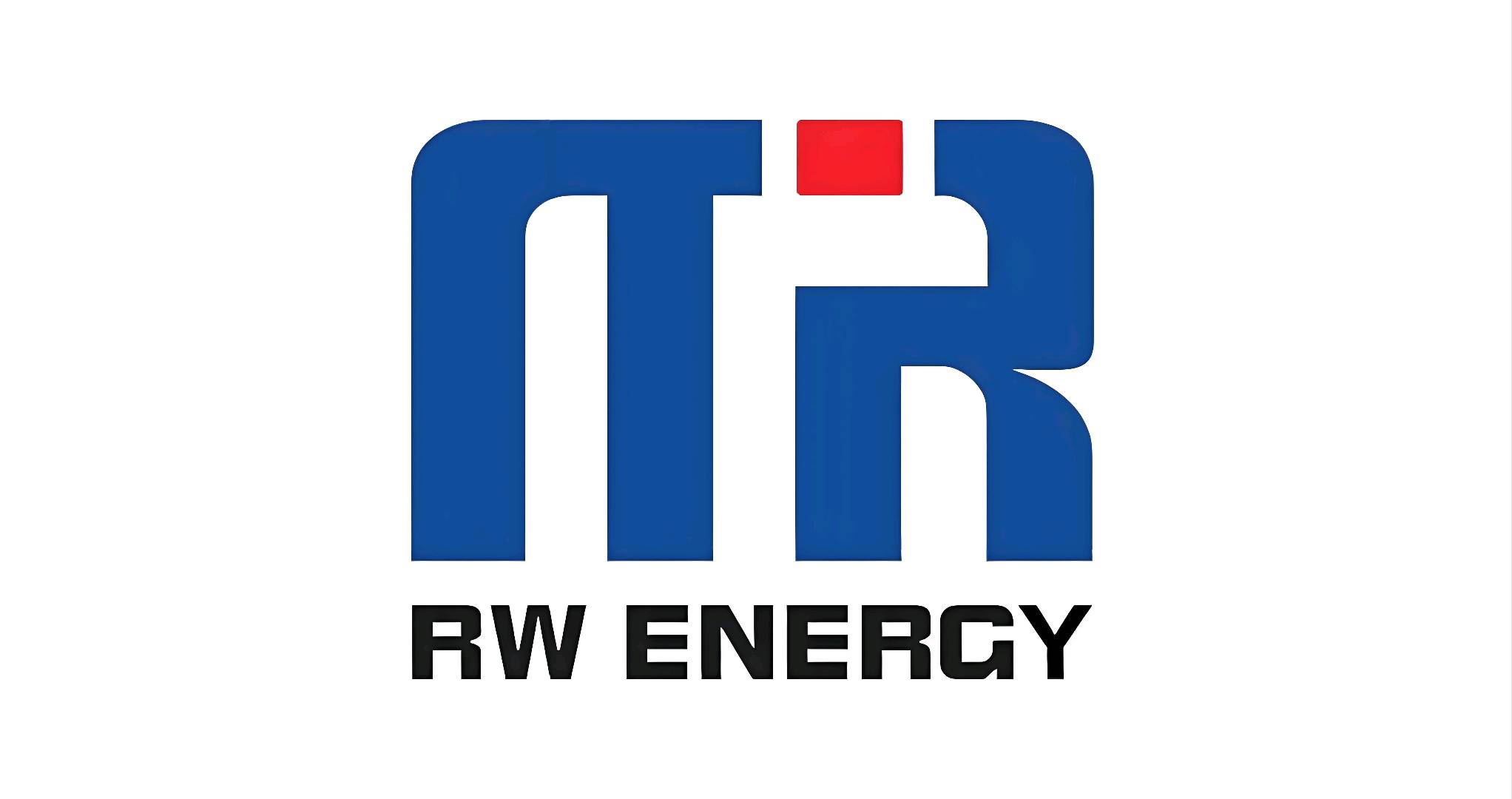Residential Battery Storage Solutions: Enabling Intelligent Energy Management for Home Solar Systems
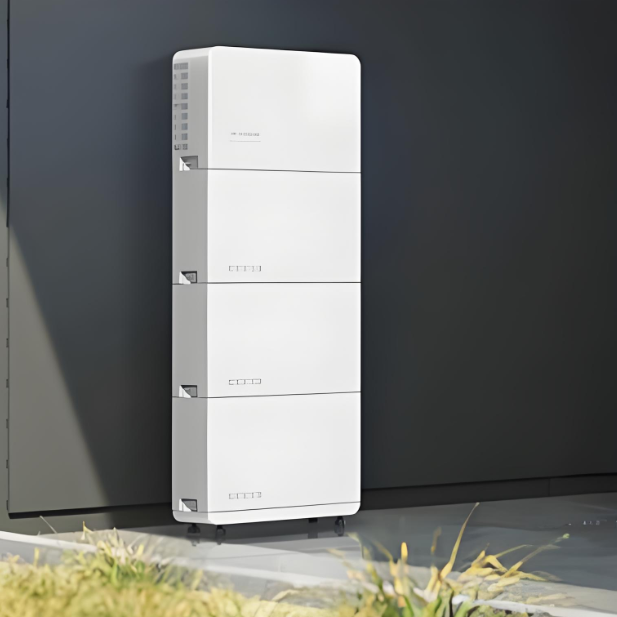
Residential Battery Storage Solutions: Enabling Intelligent Energy Management for Home Solar Systems
I. Core Needs & Background
With the proliferation of distributed solar PV, households face three key challenges in self-consumption:
Temporal Mismatch: Peak solar generation (daytime) does not align with peak household consumption (evening).
Grid Limitations: Some regions impose restrictions on surplus feed-in quotas or have low buyback tariffs.
Power Resilience: Risk of outages during extreme weather or grid failures.
Residential Battery Storage Systems (RBS) address these through an integrated "Solar + Storage" approach, enabling energy time-shifting and increasing household energy self-sufficiency.
II. Core Solution Value
Economic Optimization
Peak Shaving / Valley Filling (Arbitrage): Store low-cost solar energy during the day to replace high-cost grid power in the evening.
Example: California's time-of-use (TOU) pricing differentials can exceed 0.25/kWh,enablingannualelectricitybillsavingsover0.25/kWh, enabling annual electricity bill savings over 0.25/kWh,enablingannualelectricitybillsavingsover800.
Increased Self-Consumption Rate: Typical solar self-consumption rises from ~30% to 80%+.
Reduced Demand Charges: Commercial/industrial users avoid peak demand-based tariffs.
Enhanced Power Reliability
Automatic Backup Power (UPS Function): Seamless switch to backup during grid outages.
Supports critical loads (lighting, refrigerators, networking equipment) for >4-12 hours.
Emergency Power Supply: Provides power resilience during extreme weather events.
Grid Support & Synergies
Virtual Power Plant (VPP) Participation: Earn additional revenue by providing grid services.
Grid Stabilization: Helps balance grid fluctuations, enabling higher renewable energy penetration.
III. System Technical Composition
Component |
Function Description |
Mainstream Technical Options |
Energy Storage Battery |
Primary energy storage unit |
Lithium-ion (LFP - LiFePO₄ dominant, >95% share) |
Hybrid Inverter |
DC/AC conversion & system control |
PV DC → Storage DC/AC → Load AC |
Energy Management System (EMS) |
Intelligent dispatch core |
AI algorithms optimize charge/discharge strategies based on: |
Monitoring Platform |
Visualized control & reporting |
Mobile APP for real-time viewing: |
IV. Typical Configuration Example (Based on 5kW PV + 10kWh Storage)
Parameter |
Configuration Example (e.g., Tesla Powerwall 2) |
User Benefit |
Storage Capacity |
10kWh |
Covers evening base load for a 4-person household |
Round-Trip Efficiency |
>90% (AC-AC) |
Energy loss during storage/discharge <10% |
Backup Power |
5kW continuous / 7kW peak |
Supports startup of high-power appliances (e.g., AC units) |
Payback Period |
6-8 years (e.g., Germany, Australia - high tariff regions) |
Duration shortens continually as electricity prices rise |
Carbon Reduction |
2.5-3 tons/year CO₂e |
Equivalent to planting ~120 trees/year |
V. Key Implementation Recommendations
System Design Essentials
Battery Selection: Prioritize LFP batteries (safety, long life).
Capacity Sizing: Storage capacity ≈ 30-50% of average daily electricity consumption.
Hybrid Inverter: Ensure compatibility with existing PV systems and future expansion needs.
Safety & Compliance
Certification Standards: UL9540 (USA), IEC62619 (Int'l), GB/T36276 (China).
Installation Requirements: Fire-rated walls/adequate ventilation/temperature control (power limiting >35°C).
Grid Interconnection Approval: Must comply with local grid interconnection technical regulations.
VI. Market Outlook & Trends
Falling Costs: Global residential storage average price was $298/kWh in 2023 (↓82% vs. 2015).
Policy Drivers: Subsidies in EU & US (e.g., US ITC tax credit of 30%).
Technology Evolution:
▶ Sodium-Ion Batteries (Lower-cost alternative)
▶ Integrated Solar-Storage-EV Charging (V2H - Vehicle-to-Home)
▶ Blockchain Energy Trading (Peer-to-peer electricity sales)

